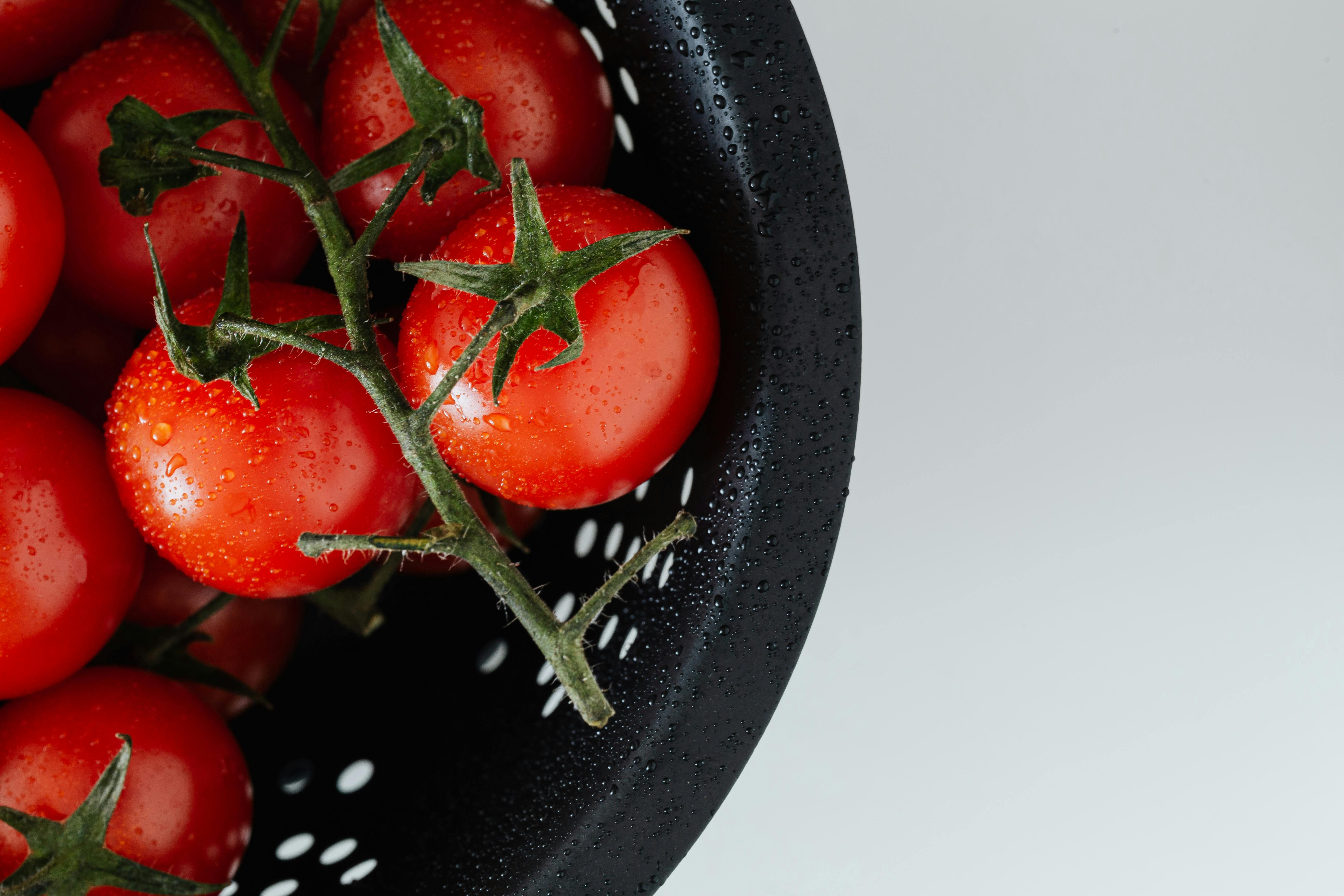Practical Methods for Decimal to Binary Conversion: 2025 Guide

Smart Ways to Convert Decimal to Binary: Essential Techniques for 2025
Understanding how to convert decimal to binary is essential in today’s digital world. The binary number system forms the backbone of computer science and technology. In this article, we will explore effective techniques and the various methods to convert decimal to binary, understand the significance of this conversion, and provide practical examples. Whether you are a programmer, a student, or simply someone interested in mathematics, this guide is tailored to enhance your knowledge of binary conversion.
Understanding the Binary System
The binary number system is a base-2 numeral system that uses only two digits: 0 and 1. This system is crucial for computers and digital systems, where all forms of data, including numbers and symbols, are represented in binary values. To perform binary calculations and operations, it's important to grasp how decimal numbers are mapped to their binary equivalents. The transition from decimal base conversions to binary encoding is a foundational concept in **computer science**.
Binary vs Decimal: A Comparative Analysis
The key difference between binary and decimal lies in their base. The decimal system operates on base 10, meaning it uses ten digits (0-9). In contrast, binary operates on base 2, where every digit is a power of 2. Understanding this relationship enhances your ability to comprehend complex numbers and perform conversions effectively. For instance, in binary, the decimal number 10 is represented as 1010, showcasing how each place value plays a role in binary representation.
Applications of Binary in Technology
Binary numbers underpin almost all technology today, from computer systems and data representation to communication protocols. The principle of using binary values boosts efficiency in information processing and data storage. For example, data is often compressed using binary arithmetic to save space and optimize performance. Moreover, in programming, understanding the binary calculation method is essential for driving algorithms, sorting, and searching through binary trees and even utilizing binary logic gates.
Steps to Convert Decimal to Binary
To convert from decimal to binary, follow the systematic binary conversion steps, which include:
- Divide the decimal number by 2 and note the quotient and the remainder.
- Repeat the division process for the quotient until it is 0.
- The binary number can be reconstructed by reading the remainders in reverse order.
For example, let’s convert the decimal number 13: when dividing by 2, you get the remainders of 1, 0, 1, 0 (from the top end to the bottom). Hence, the binary representation of 13 is 1101.
Binary Conversion Methods
There are several effective methods to convert decimal to binary. Each method has its unique approach, catering to different needs, whether manual calculations or using digital tools. In this segment, we will examine popular binary conversion methods from basic to advanced techniques.
Manual Decimal Conversion Techniques
For those looking to refine their mathematical skills, manual decimal to binary conversion using the repeated division method is highly recommended. By practicing with different numbers, you begin to understand the underlying structure of binary systems. Regular practice can lead to proficiency, enabling quick conversions without relying on a calculator.
Binary Conversion Tools and Calculators
For quick conversions, online **decimal to binary converters**, applications, and calculators simplify the process effectively. These tools accept decimal numbers input and output the corresponding binary number, saving both time and effort. Many educational resources provide interactive binary lessons and quizzes, fostering a more engaging learning experience.
Binary Algorithm Workshops
To master binary calculations, consider attending workshops focusing on algorithms pertaining to binary simplification and encoding. Such workshops offer in-depth learning experiences, collaborative problem-solving opportunities, and hands-on projects that enhance understanding and application of binary concepts in programming and computer science.
Exploring Advanced Binary Concepts
As you deepen your understanding of the binary numeral system, exploring advanced concepts is crucial. This section covers more intricate aspects of binary, including binary arithmetic, and converting fractions to binary.
Converting Decimal Fractions to Binary Representation
Converting decimal fractions requires a slightly different approach. To convert a fraction, multiply it by 2 and record the digit to the left of the decimal point, then continue with the resulting fraction. For instance, to convert 0.625 into binary, you'd do the following:
- 0.625 * 2 = 1.25 (1)
- 0.25 * 2 = 0.5 (0)
- 0.5 * 2 = 1.0 (1)
Hence, the binary representation of 0.625 is 0.101.
Binary Calculation in Programming
Programming often involves binary arithmetic operations. These can include addition, subtraction, multiplication, and division, much like decimal arithmetic but with binary values. Understanding this practice is fundamental for programmers aiming to operate efficiently within the computer binary language.
Implementing Binary Logic Gates for Problem Solving
Binary logic gates are the building blocks of circuit design and computer engineering. They utilize binary numbers to encode information based on logical states, which can be capitalized on in programming languages. Using tools like truth tables and circuit analysis, learners can practice and apply their skills, learning how different gates interact using binary logic.
Key Takeaways
- Understanding the binary system is crucial for working with digital numbers.
- Practical skills such as manual conversion enhance numeric understanding.
- Several tools are available for effortless decimal to binary conversion.
- Advanced methods, incorporating logic gates and complex algorithms, expand application knowledge.
FAQ
1. What is the easiest way to convert decimal to binary?
The easiest method is to use a decimal to binary converter application, which automates the conversion process. However, mastering the manual conversion technique through repeated division also provides a solid understanding of binary.
2. Why is understanding binary important?
Understanding binary is crucial in computer science, as it forms the foundation of digital systems. All data, including text and images, is encoded in binary, making it essential for programmers and anyone interested in technology.
3. How do binary digits influence digital logic?
Binary digits (0 and 1) directly relate to electrical signals in digital circuits. Each digit corresponds to an “on” or “off” state, allowing computers to process data efficiently and perform calculations using binary arithmetic.
4. Can online tools also help in learning binary?
Absolutely! Online learning platforms offer a variety of educational resources, including interactive lessons, worksheets, and quizzes on binary concepts, making learning engaging and effective.
5. What are some practical applications of binary conversion?
Binary conversion finds applications in digital communications, computer programming, data encoding, and hardware design. It is essential for managing files, encoding images, and facilitating networks.
For further exploration and resources on converting decimal to binary, check out our articles on decimal to binary techniques and binary systems explained.

